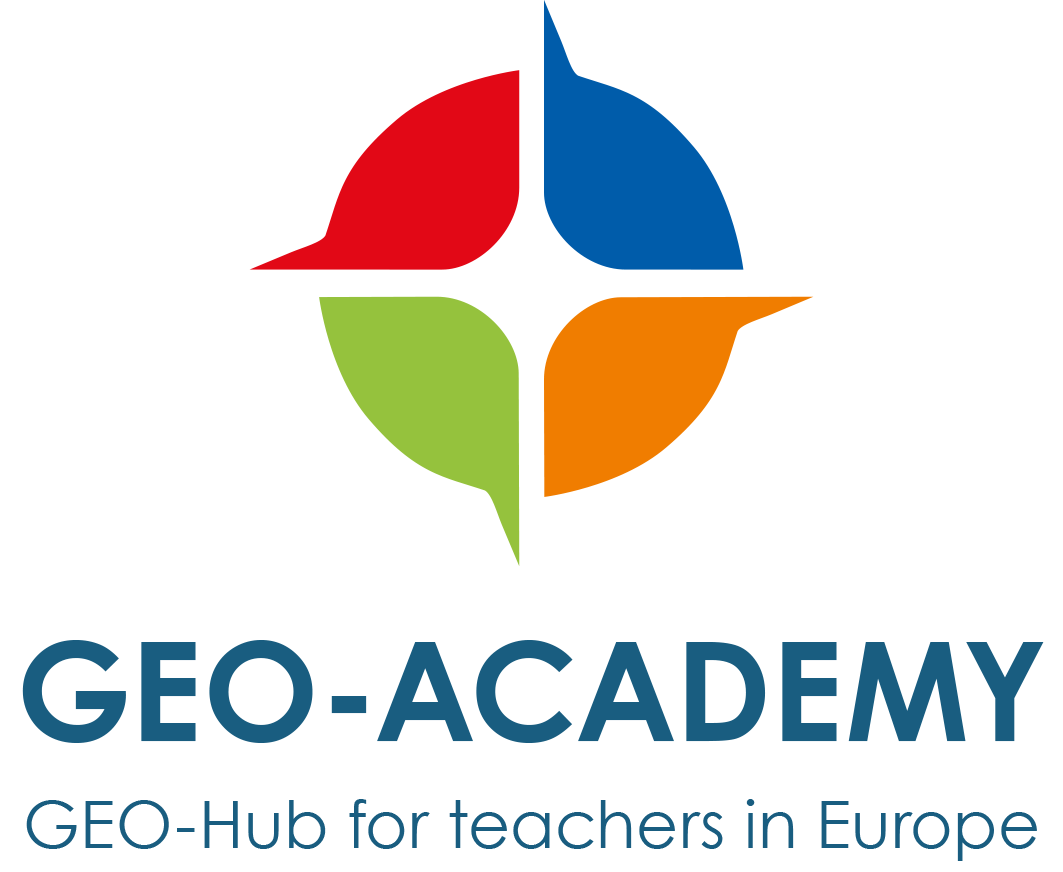Integrating Digital, Green, and Spatial Education in the Classroom | UCF-4.1.2
Cross-Curricular Education for a Sustainable Future
Integrating Digital, Green, and Spatial Education in the Classroom
Why Cross-Curricular Education Matters
Today’s challenges—climate change, digital transformation, and sustainable living—don’t exist in silos. That’s why cross-curricular teaching is essential. By linking green education (sustainability), digital education (technology), and spatial education (geographic thinking), we prepare students for the real world.
The Power of Combining Subjects
| Education Type | What It Offers | What It Solves |
| 🌿 Green Education | Builds environmental awareness and responsibility | Tackles climate change, resource use, biodiversity |
| 💻 Digital Education | Enhances data literacy, digital skills, and critical media use | Navigates online information, tech-based solutions |
| 🗺️ Spatial Education | Teaches place-based thinking, systems and mapping skills | Solves real-world problems with a local/global lens |
When combined, these help students:
- Understand the complexity of real-life systems
- Develop critical and creative problem-solving skills
- Make informed decisions with data and spatial tools
- Collaborate and take action on sustainability challenges
What Cross-Curricular Learning Looks Like in Practice
Example Topics:
- 🌍 Climate-friendly Transport Routes: Use maps, data layers, and CO₂ calculators to plan green city mobility.
- 🧴 Water in Products: Explore how much water is used to make jeans using geodata and sustainability calculators.
- 🍎 From Farm to Table: Trace food routes, measure food miles, and debate local vs. global choices.
Digital + Spatial + Green = Real-World Learning
Key Competences Students Develop
| Competence | What Students Learn |
| Systems Thinking | Connect human & natural systems using maps and digital tools |
| Critical Thinking | Analyze data, evaluate solutions, reflect on outcomes |
| Problem Solving | Apply digital & spatial tools to tackle sustainability issues |
| Collaboration & Communication | Work on real projects, share findings via maps, videos, and infographics |
| Digital & Spatial Literacy | Interpret geodata, use GIS tools, assess online sources |
Why It’s Worth It—for Teachers Too
- ✔️ Helps meet sustainability and digital education goals
- ✔️ Engages students with real-world tasks
- ✔️ Encourages interdisciplinary teamwork
- ✔️ Builds digital and geospatial confidence
Getting Started: Tips for Teachers
- Start Small: Integrate a map or a simple digital tool in a geography or science lesson.
- Use Real Data: Tap into open geodata or citizen science platforms.
- Collaborate: Work with other subject teachers to build joint projects.
- Empower Students: Let them explore, analyze, and present solutions in their own way.
- Use Support Tools: Platforms like the GEO-Academy platform offer ready-to-use ideas.
Want to Learn More?
Explore the GEO-ACADEMY portal — a portal to help you build engaging cross-curricular lessons that integrate sustainability, digital tools, and geospatial thinking. You can find a selection of resources and tools curated by the GEO-Academy team here:
